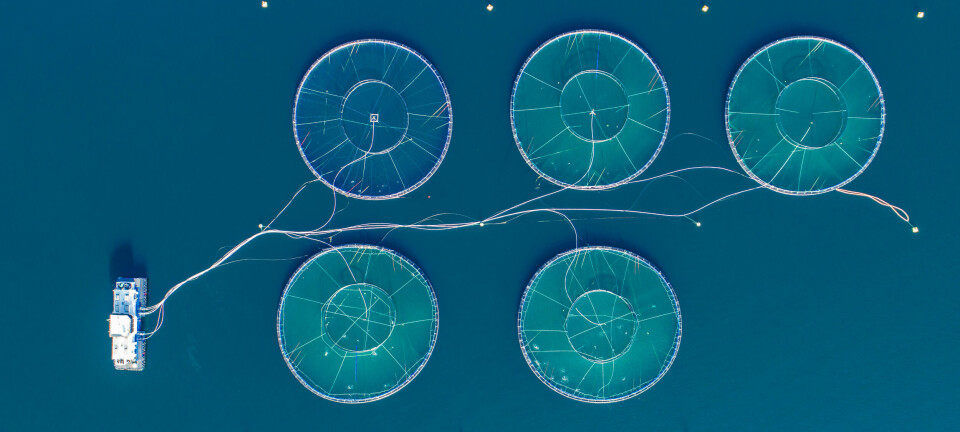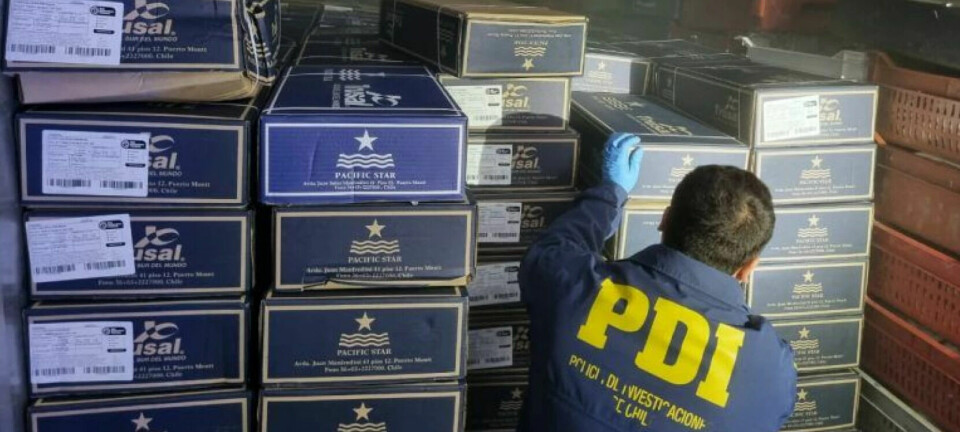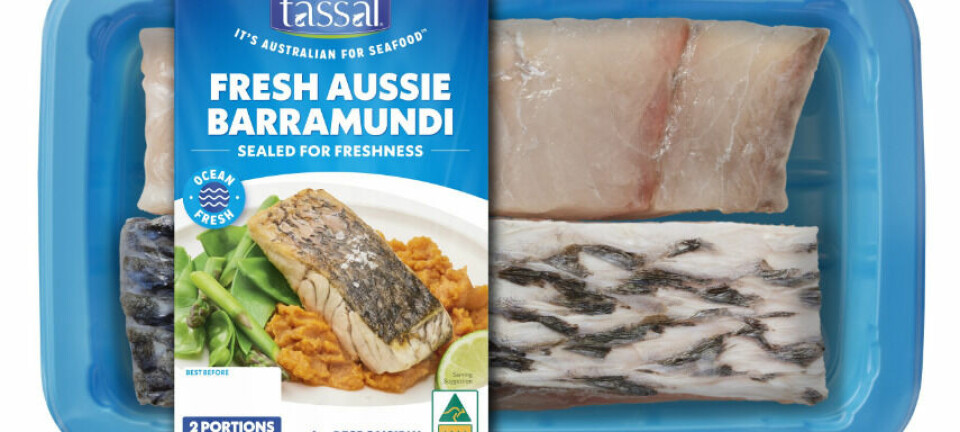
Invasion overshadows record February for Norway seafood
Seafood exports led by salmon were worth NOK 11.3 billion (£952 million) to Norway in February, a record for the month and NOK 2.6bn more than in the same month last year.
“This is the highest value of Norwegian seafood exports registered in a February ever. However, the war in Ukraine overshadows this. The dramatic situation affects us first and foremost strongly on the human level, but also affects the flow of seafood,” said Norwegian Seafood Council chief executive Renate Larsen.
In February, Norway exported seafood worth NOK 176m to Ukraine.
Logistical challenges
“After Russia’s invasion of the country a week ago, seafood exports to Ukraine have stopped. This means that products such as salmon, trout, herring and mackerel that were to go to this country must be sold to other markets,” said Larsen.
She also pointed out that there are other sanctions that affect the trade in seafood.
“This entails a number of logistical challenges. Many airlines have, among other things, been banned from flying over Russia. It affects the flow of goods to Asia, especially for fresh and live products.”
Historically high prices
Salmon prices were historically high in February, with an average price for fresh whole salmon of NOK 82.64 per kilo, and Norway exported 89,700 tonnes of salmon worth NOK 7.8bn last month. Although salmon export volume was 5% less than in February 2021, the value increased by NOK 2.5 billion, or 47%.
“Salmon is still the export engine, but February was also a good month for cod, trout, snow crab and a number of smaller species,” said Larsen. “Asia takes an increasing share of seafood from Norway. In some countries, the price of salmon has increased by as much as 50 to 100% compared with February last year.”
Norwegian Seafood Council analyst Paul Aandahl said: “The market for salmon is still growing, even though the Covid pandemic has not yet subsided. Lower volumes in combination with increased demand have led to record prices.”
French appetite grows
For the second month in a row, France was the largest growth market for Norwegian salmon.
“This is a continuation of a positive trend from the second half of 2021. The growth must be seen in connection with the reopening of society and increased consumption in the restaurant market,” said Aandahl.
Poland, which has a large secondary processing industry, was the largest recipient of Norwegian seafood in February, receiving 21,200 tonnes worth NOK 1.1bn.
Trout earnings up 38%
Norway exported 4,000 tonnes of trout worth NOK 328m in February, a volume increase of 2% and value increase of NOK 90m, or 38%, year on year.
The United States, Thailand and Belarus – which Russia has been using as a staging post for its attack on Ukraine - were the largest markets for Norwegian trout in February.
In February, trout worth NOK 20m was exported to Ukraine, and the country was in seventh place on the list of Norway’s largest trout markets.
Belarus boycott
“This accounts for 6% of the total trout exports. If we add the countries of the Eurasian Union, which consists of Russia, Belarus, Kazakhstan, Kyrgyzstan and Armenia, it makes up a total of 24% of trout exports. In comparison, the corresponding proportion for salmon is 2%,” said Aandahl.
Russia banned imports of European salmon in 2014 in retaliation for sanctions imposed following its annexation of Crimea, but producers have still been able to export fish to Belarus, and some of those can be re-exported to Russia.
Norwegian salmon and trout producer Lerøy, which co-owns Scottish Sea Farms, has stopped exporting to Belarus because of Russia’s actions in Ukraine.




















































